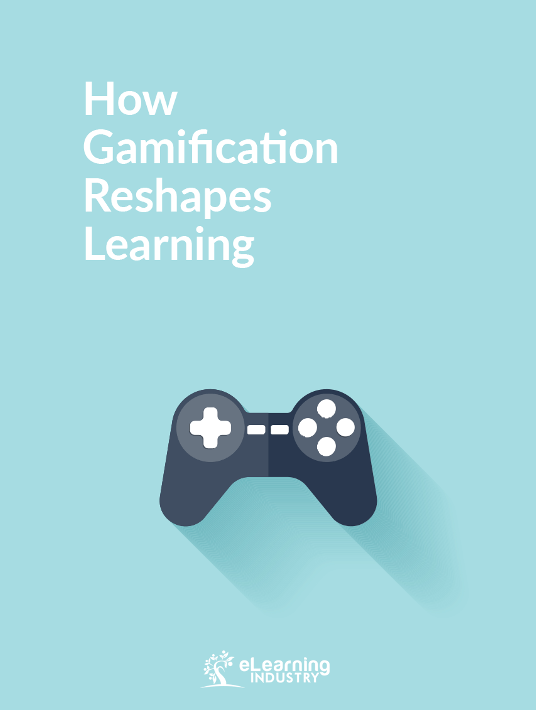Gamification techniques promote efficient learning by maximizing user engagement in creative ways that traditional learning cannot match. In our primary niche (medical education), medical students often must endure academic torture by studying complex medical science concepts through the traditional medium of organized study, including attending boring classes, reading dense textbooks, and practicing thousands of arduous vignettes.
While all students must go through this pathway, as indeed this is a rite of passage for them, this process is clearly tedious and most students need to set aside large blocks of time to process their material, often with low retention rates. In early 2014, we released a medical gaming app called “Scrub Wars” that uses action-themed gameplay to promote the retention of high-yield clinical facts for their board and course exams. Studying for exams was facilitated through an eLearning platform (through a mobile iOS and Android app) using gamicifcation techniques (space shooter game) and spaced repetition (concepts purposely repeated strategically to promote long-term retention) to promote micro-learning (studying in small chunks of time in situations that are generally poor study conditions, such as waiting in line or in bed before sleeping) of high-yield material.
Traditionalists often scoff at the idea of using games to promote learning, because they mistakenly assume that the educational program is a substitute for learning through classroom and book study. If this criticism is not immediately addressed through a strategic marketing campaign, then the learning game is potentially doomed and will not get the opportunity to demonstrate its effectiveness. Our company bypassed this erroneous assumption (and the negative press that surely would have followed) by aggressively promoting the app as a supplementary test preparation method, instead of a replacement, to traditional methods of study. Therefore, not only do study techniques that utilize gamification techniques promote learning through an entertaining and engaging medium, but proper marketing of the program as a compliment to traditional study is a necessary prerequisite in order for it to be promoted successfully.



